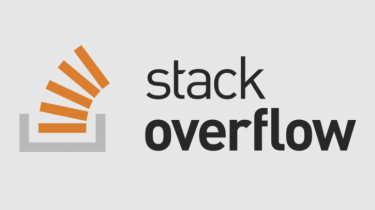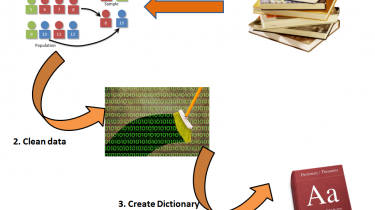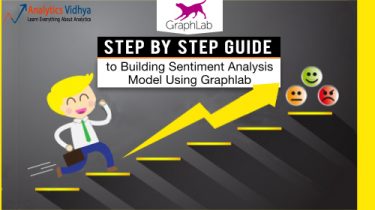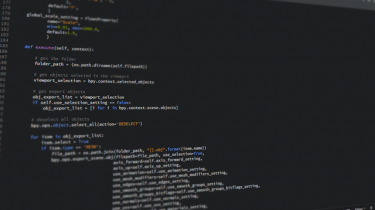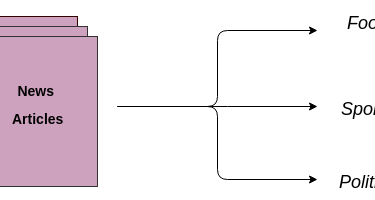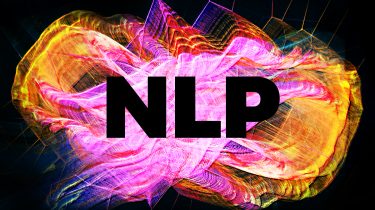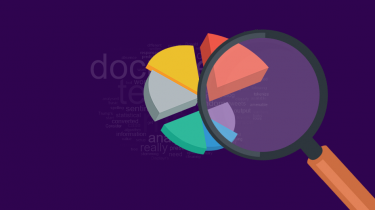Fake news classifier on US Election News📰 | LSTM 🈚
Introduction News media has become a channel to pass on the information of what’s happening in the world to the people living. Often people perceive whatever conveyed in the news to be true. There were circumstances where even the news channels acknowledged that their news is not true as they wrote. But some news has a significant impact not only on the people or
Read more
